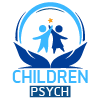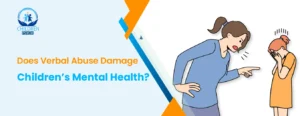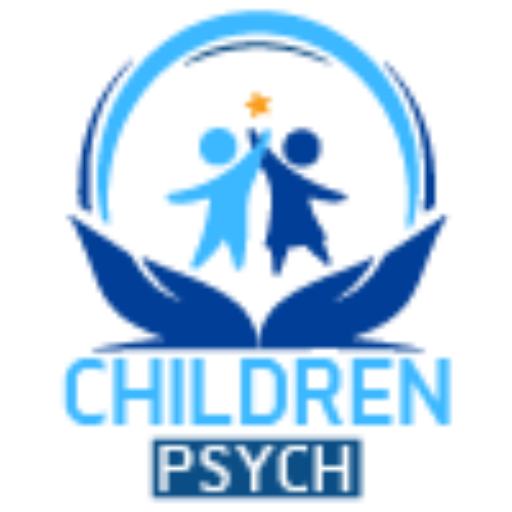Anxiety is one of the most common mental health issues faced by children today. It is estimated that 1 in 8 children experience anxiety disorders, and this number is only expected to grow. Anxiety can affect children’s physical, emotional, and social development, and can have long-lasting consequences if not addressed.
The causes of anxiety in children are complex and can vary widely. For some, anxiety can be triggered by a traumatic experience such as the death of a loved one or a natural disaster. Other times, children may develop anxiety in response to a stressful or uncertain environment. This could include bullying, a major change in their home life, or feelings of being overwhelmed by school or extracurricular activities.
The symptoms of anxiety in children can be difficult to recognize because they are often similar to those of other conditions. Common signs of anxiety in children include difficulty concentrating, excessive worrying, physical tension, irritability, difficulty sleeping, and avoidance of certain activities or situations.
While anxiety can be a normal part of growing up, it is important to seek help if it begins to interfere with your child’s daily functioning. Treatment for anxiety in children can include cognitive-behavioral therapy, relaxation techniques, and medications. If the anxiety is caused by a traumatic event, understanding and addressing the trauma can be beneficial.
It is also important to provide support and understanding to your child while they are managing their anxiety. Encourage your child to talk about their feelings and provide reassurance that they are not alone. Additionally, create a safe and secure environment for your child to express their feelings without judgment.
Anxiety can be a difficult and overwhelming experience for children, but with the right support, children can learn to manage their anxiety and live a happy and healthy life.
If you think your child may be experiencing anxiety, it is important to talk to a professional. A mental health professional can assess the situation and provide resources to help your child manage their anxiety.




